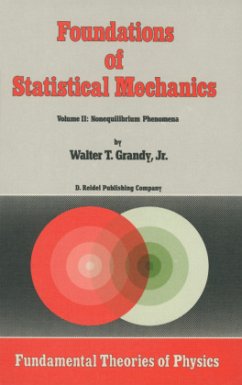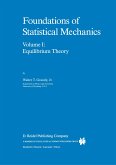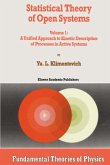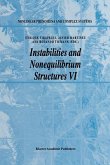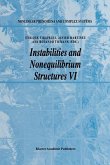In this volume we continue the logical development of the work begun in Volume I, and the equilibrium theory now becomes a very special case of the exposition presented here. Once a departure is made from equilibrium, however, the problems become deeper and more subtle-and unlike the equilibrium theory, many aspects of nonequilibrium phenomena remain poorly understood. For over a century a great deal of effort has been expended on the attempt to develop a comprehensive and sensible description of nonequilibrium phenomena and irreversible processes. What has emerged is a hodgepodge of ad hoc constructs that do little to provide either a firm foundation, or a systematic means for proceeding to higher levels of understanding with respect to ever more complicated examples of nonequilibria. Although one should rightfully consider this situation shameful, the amount of effort invested testifies to the degree of difficulty of the problems. In Volume I it was emphasized strongly that thetraditional exposition of equilibrium theory lacked a certain cogency which tended to impede progress with extending those considerations to more complex nonequilibrium problems. The reasons for this were adduced to be an unfortunate reliance on ergodicity and the notions of kinetic theory, but in the long run little harm was done regarding the treatment of equilibrium problems. On the nonequilibrium level the potential for disaster increases enormously, as becomes evident already in Chapter 1.
Hinweis: Dieser Artikel kann nur an eine deutsche Lieferadresse ausgeliefert werden.
Hinweis: Dieser Artikel kann nur an eine deutsche Lieferadresse ausgeliefert werden.

